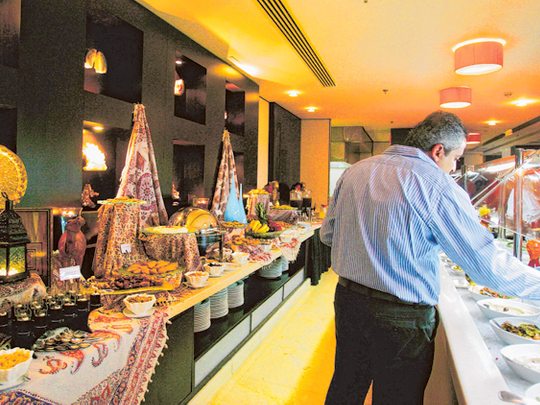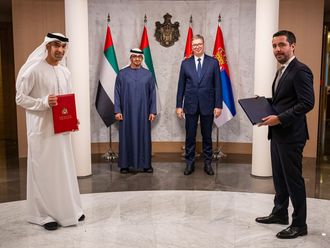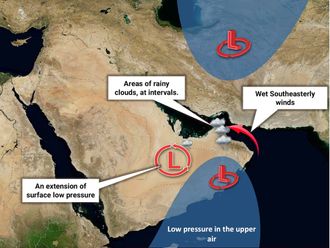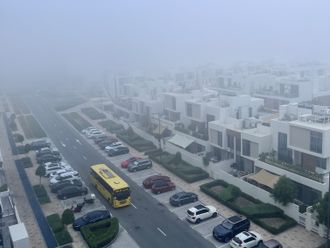
Abu Dhabi: Food waste adds pressure on the UAE’s scarce water resources, according to a senior official of the UN’s Food and Agricultural Organisation (FAO).
“As food needs water to be produced, and water is very important to the UAE, be it imported or produced, losing or wasting food means losing or wasting water and energy,” Ad Spijkers, FAO sub-regional Office Coordinator for the GCC States and Yemen and FAO Representative in the UAE, told Gulf News.
Large amounts of the resources used in food production are used in vain, and the greenhouse gas emissions caused by production of food that gets lost or wasted are also emissions in vain, he said.
“The food that is not consumed has a very high cost when we take into consideration the resources like water, seeds, labour and transport from the farm to the table. More public awareness is needed for now, the next generation and the one after,” Spijkers explained.
According to FAO, the Nena (Near East and North Africa) region relies on food imports to meet over 50 per cent of its total food requirements and still experiences a food deficit. The UAE, Algeria, Bahrain, Egypt, Iran, Iraq, Jordan, Kuwait, Lebanon, Libya, Mauritania, Morocco, Oman, Qatar, Saudi Arabia, Sudan, Syria, Tunisia, and Yemen are the countries in Nena region.
At the same time, the region loses and wastes a significant amount of food, up to 250kg per person each year, a figure that is higher than the global average.
The region’s governments have recognised that food loss and waste contribute to reducing food availability, aggravating water scarcity and increasing food imports. At a regional conference organised by FAO, the governments committed to reducing food loss and waste by 50 per cent within 10 years (2014-2024).
The region imports 36 million tonnes of wheat per year, yet it wastes over 16 million tonnes every year worth more than $6 billion (Dh22.04 billion), an amount that could feed 70 to 100 million people.
The region’s average internal renewable water resource availability is 609 cubic metres per capita per year (versus 6,400 m3 worldwide), and only 3.9 per cent of the region’s land is cultivated yet. Up to 30 per cent of natural resources and energy used to produce food is wasted along with the lost or wasted food.
When food is lost or wasted, all the natural resources used to grow, process, package, transport and market it also go wasted. For example, when an apple is lost or wasted, 70 litres of water used for its production go wasted as well.
At the global level, enough food is currently produced to feed the world’s population. But a total of 842 million people in 2011–2013, or around one in eight people in the world, were estimated to be suffering from chronic hunger, regularly not getting enough food to conduct an active life (ie go to bed hungry every day).
With a projected population growth to 9 billion by 2050, more food will be needed, putting more pressure on the earth’s resources. Meanwhile, an estimated 30 per cent of the food we have is wasted, according to FAO.











